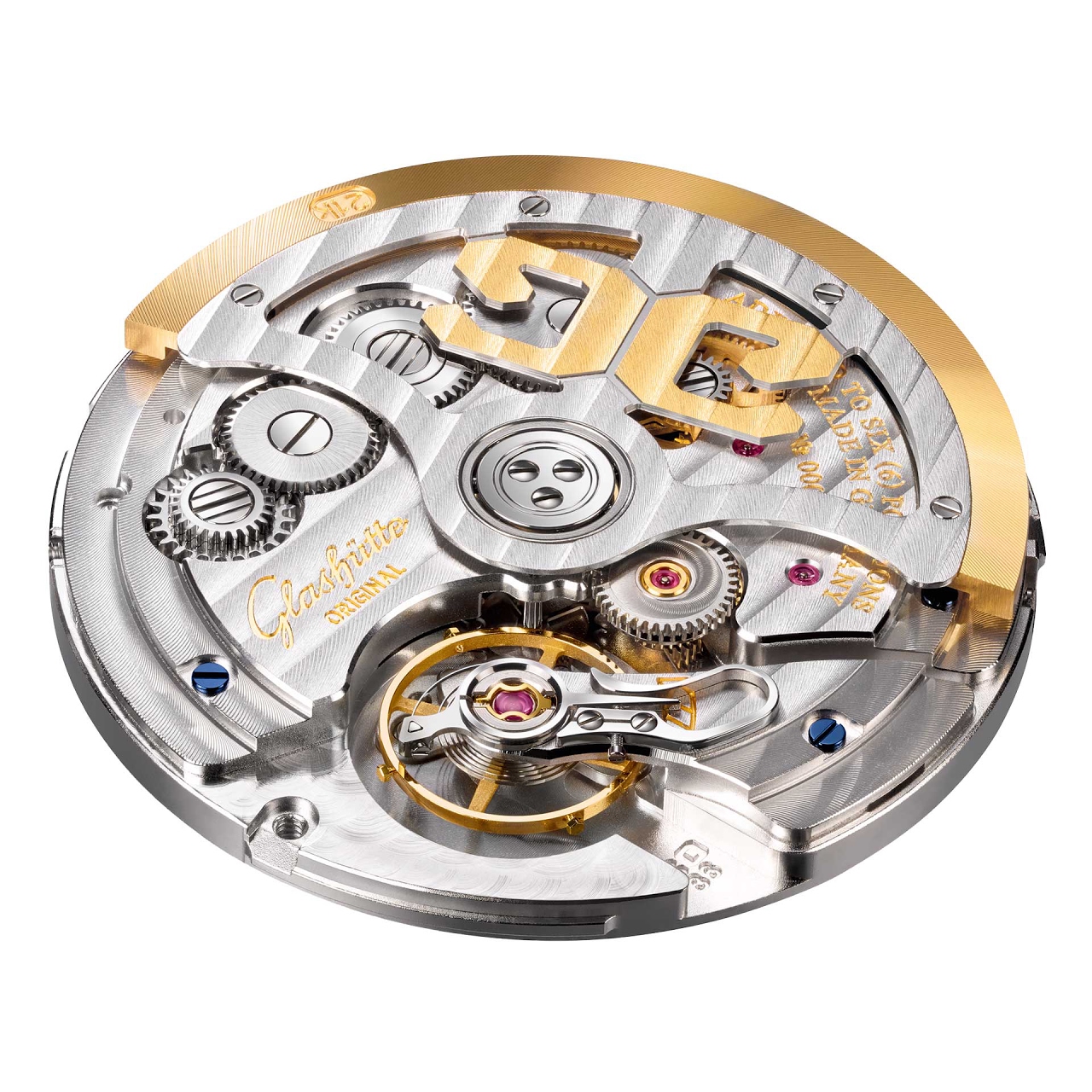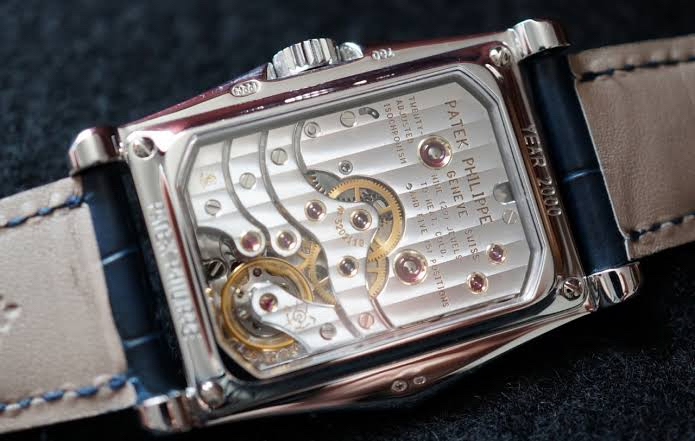chintu
504

Too Short...or too Long? The power reserve conundrum
Power Reserve – the long and short of it….
While many of us have been discussing new models and the technical innovations incorporated into the calibers as well as the matters of finishing and aesthetics, I felt that it may be interesting for us to do a recap of the one thing that keeps our watches wound and ticking; and that…is the “Power Reserve”
For the benefit of those forumners that are yet to become watch-nerds like me; a quick primer, with due apologies to the experts that may find the initial parts boring therefore.
The Coiled-Serpent..
Watches need to be fed continuous energy to drive the hair-spring; and in-turn the balance wheel, for driving the relevant timekeeping, chronograph, calendar and other functions. The source of delivery of this power is residing in the watch in the form of a coiled-serpent i.e., the main spring which is tightly wound in a concentric circle around an arbor and ready to release all its energy in a snap.
The Merlins of watch-making have worked out the mechanism, to allow this coiled-serpent to expend this energy in a steady trickle to the hair-spring and on-to the balance wheel through the pallet escapement; and I will not trouble you with those details; except to say that it is all figured out..
What Happens when the serpent gets relaxed.?
The expending of the energy keeps loosening the main spring and the tight coil begins to relax and expand. The laws of physics take over and once energy is totally depleted the escape wheel grinds to a halt; asking for the serpent to be fed and coiled again.
Is that all?..
Now comes the tricky stuff. All of us are bothered about this thing called “accuracy” which is simply a measure of how correctly the watch keeps time, over the entire duration that the energy from the main-spring lasts. Again, the laws of physics start interfering like a pest here.. The main-spring when in a state of tight and full winding, is full of energy and delivers power strongly and this is defined as “torque” (this is the ‘twisting force’ that must be exerted without slackening). But as it uncoils, it transforms into an elderly serpent and can no longer deliver the energy with the same torque and hence becomes slack. This therefore adversely impacts the swing of the balance wheel (the arc or the amplitude) and the watch runs slower / faster depending on certain other conditions as well. In simple terms we can call it that the requirement for accuracy (amongst other things of course) is “delivery of power in a linear manner” whereby the torque is maintained throughout the coiled-to-uncoiled state of the main-spring.
While accuracy is one, the length of time is the next..
So, the answer would seemingly be simple. Which is.. Keep the spring tight and short in length so that it delivers linear torque. And that would mean a very short power reserve since the main-spring which is short in length, will uncoil quickly; and the watch would grind to a halt sooner than desirable.
Thus, the need to keep the main-spring long as well as strong, so that the watch can keep working on the wrist longer and accurately, without the necessity for frequent winding.
Easier said than done..
This challenge is one that has continued to be addressed through the centuries of watchmaking.
The questions that engage the watchmaker will be (here the discussions are limited to mainspring only and not the other aspects like lubricants, pinions and jeweled bearings etc.);
a. How long should the mainspring be for a desired length-of-time for the watch to run without the need for winding?
b. How torquey should it be to ensure that power is consistent and does not drop toward the un-taut state of the main-spring?
c. Are there ways of achieving longer power reserve without unduly affecting accuracy?
d. How to manage this within the total space available inside the watch?
Rolling out the Barrels..
Watchmakers had multiple options;
a. Live with a short power reserve and instead focus on torque and accuracy therefore and hence limit the barrel to one.
b. Live with lesser accuracy and non-linear power delivery and therefore use a large barrel with a really-long main-spring ( or manage that as well via remontoir for calibrated power release)
c. Put in as many barrels as possible (based on desired duration of power reserve) to store the main spring(s) in the caliber, within the space available. Here again several options present themselves – (i) place them side by side (ii) stack them one over the other (iii) use both options!!
d. Decide on how to connect the barrels so that the energy from all main-springs get channeled smartly and with linear torque. This therefore resulted in three options again…whew!!! (i) connect the barrels in parallel, so that they simultaneously deliver the nicely-torquey energy to the escapement (both barrels connect to a pinion) and improve the longevity of the mechanism as well. (ii) connect the barrels in series whereby the barrels kick-in when the predecessor depletes its energy. (iii) connect the barrels in parallel and in series, where one set of barrels do the more torquey job and the series connected ones do the job of lengthening the power-reserve.
And the because each brand has its own reasons for adopting their options to deal with the power reserve coupled with the accuracy; I now present the examples of how these “barrels of beer “have been incorporated in various calibers.
Note: Images from internet with due acknowledgement to the copyright holder(s).
PS: Requesting moderators to correct inaccuracies if any, in my description of the barrels/ coupling method adopted.
The Calibers; I have tried to use images that clearly highlight the barrel layout in each caliber.
Starting with a Glashutte caliber 36 to provide a quick view of the exploded caliber and the normal image for us to get a clear idea of how the mainspring is stored in the barrel.

Glashutte Cal36: Single Barrel - 100 hours PR

Glashutte Cal36: View of the closed barrel

Glashutte Cal36: view of the main spring coiled inside the barrel

AP Cal3120 - Single Barrel -60 hours PR

AP3120 with Rotor

Blancpain Cal1315 - 3 Barrels - 120 hours PR

Blancpain Cal6639 - 3 Barrels - 192 Hours PR

Blancpain Cal6639 with Rotor

Bovet Cal17BM03MM - Single Barrel - 240 Hours PR

Chopard LUC98-01 - Four Barrels stacked and series connected : 216 Hours PR

Chopard Cal 98-01 view of stacked Barrels

DeBethune DB2115V6 - Twin Barrels- 144 Hours PR

FPJourne Cal1304 - Twin Barrels in Parallel - 120 hours PR

FPJourne Cal1510 - Twin Barrels Parallel - 70 Hours PR

Hublot HUB9011 - Seven Coupled Barrels in series-336 Hours PR

Hublot MP05 - Eleven Barrels series coupled - 1200 Hours PR

JLC Cal947 - Single Barrel with torque indicator - 360 Hours PR

Lange Cal L034 - Single Barrel (power released via remontoir) - 744 Hours PR

MB&F HM1 Tourbillon - Four Barrels; two in parallel and two in series - 175 Hours PR

MB&F HM1 : 175 Hours PR ; With its parallel and series coupled barrels the HM1 seems to offer the best of both worlds.

Moser Cal HMC341 Twin stacked barrel series connected - 168 Hours PR

Nomos DUW1001 Single Barrel - 192 Hours PR

Patek 28-20/220 Twin Barrel series connected - 240 Hours PR

Patek Cal 28-20 REC10JRM - Tourbillon - Twin Barrels series connected ; exploded view - 240 Hours PR

Parmigiani Bugatti 370 - twin stacked barrel in series - 240 Hours PR

Vacheron VC2260 Four Barrels stacked in pairs : 336 Hours PR

VC2260
Too Short...or too Long? The power reserve conundrum

Excellent post, which i'll comment on shortly, but wanted to correct a minor thing if I may....

Very interesting article. It’s a pleasure to see this kind of work here. It’s a really important discussion
Thanks for the correction.

It’s only the Octa automatic movement that has 120hrs of pr

Superb article. I will take my time to read through this.

Very informative and interesting post. So many options...

